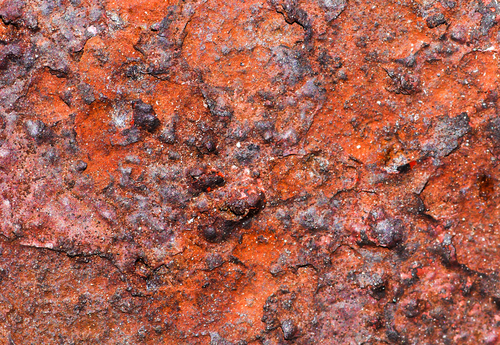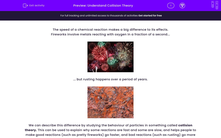The speed of a chemical reaction makes a big difference to its effects.
Fireworks involve metals reacting with oxygen in a fraction of a second...

... but rusting happens over a period of years.

We can describe this difference by studying the behaviour of particles in something called collision theory. This can be used to explain why some reactions are fast and some are slow, and helps people to make good reactions (such as pretty fireworks) go faster, and bad reactions (such as rusting) go more slowly.
Rates of reaction
Suppose we start a chemical reaction and record how much product is made over a period of time. Unless something very strange happens, the graph will look like this:
.jpg)
The first part of the graph is a straight line - this is also the time when the reaction is fastest. As time passes, the reaction starts to go more slowly, then it stops. The reaction rate tells us how quickly the reaction happens.
To work out the rate of reaction, we calculate:
rate of reaction = amount of product ÷ time taken
For example, if a reaction makes 15 g of product in 50 seconds, we would do this calculation:
Rate of reaction = 15 g ÷ 50 s = 0.3 g / s.
Collision theory
There are several factors which change the rate of reaction. One big idea links them all and this is collision theory.
For two particles to react, they have to collide in the right orientation and with enough energy to break the atomic bonds in the particles.
The more frequently these collisions happen, the faster the rate of reaction will be.
Once we understand collision theory, we can explain why some reactions are fast and some are slow. We can also speed up or slow down reactions if that is what we need to do.








